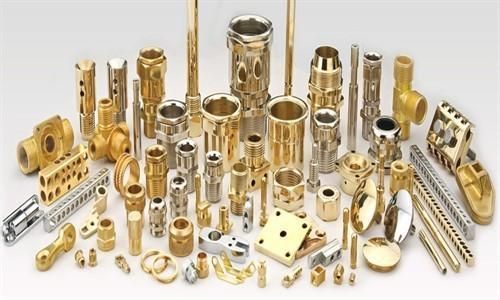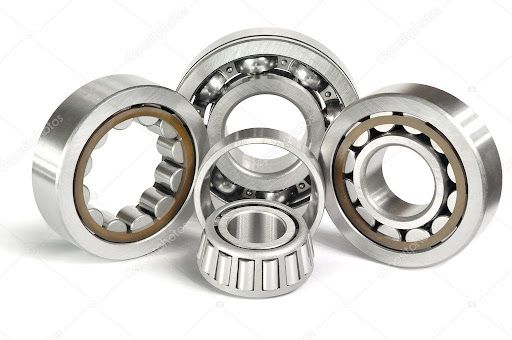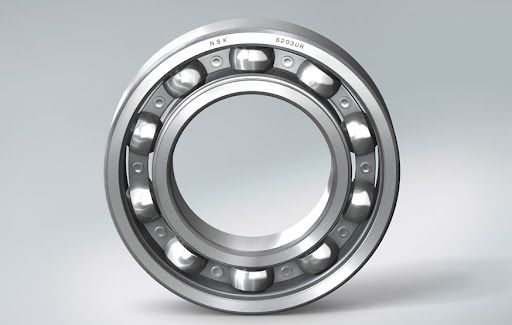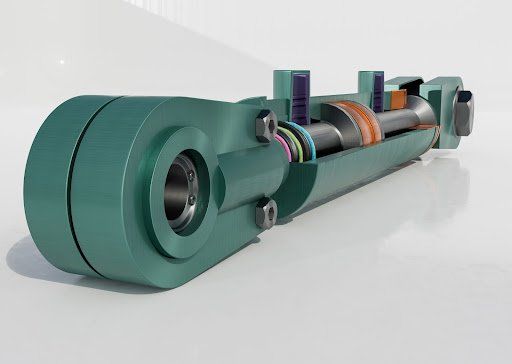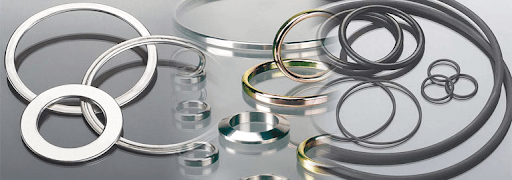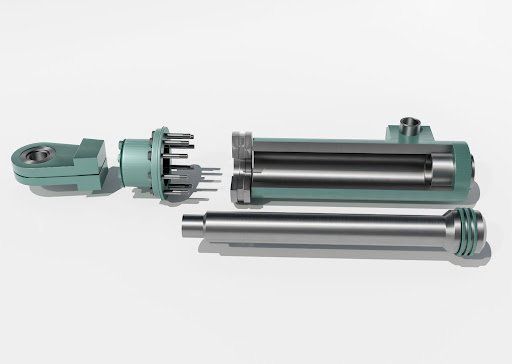7 Factors To Be Considered In Bearing Selection - Bearing Centre
7 Factors To Be Considered In Bearing Selection

Installing the right bearing is essential for getting the most out of your equipment. When the wrong bearing is used, it can lower efficiency, require more maintenance, and, in the worst cases, cause equipment to stop working and cost a lot of money to fix. The fact that there are different types of bearings doesn't make your choice any more straightforward.
It can be hard to choose suitable industrial bearings. During use, industrial bearings and power transmission equipment create a complex matrix of forces, such as speeds, temperatures, and pressures, that often interact in nonlinear ways.
Here are seven of the top factors worth thinking about when choosing a suitable journal bearing
1. Load
There are several ways to measure bearing load. Radial load is put on the shaft at the right angle. Axial load is a way to measure forces that act in the same direction as the shaft. Radial and axial loads can work together to make a moment or combined load in a system. A bearing must be able to handle all three types of loads over their expected range.
2. Tolerance
ISO and JIS standards determine how well cylindrical roller bearings with spacers fit and how well they turn. It is best to use paths with an accuracy level of 5 or higher in machines that need to work with high precision and speed. Machines that need to run with high accuracy can use deep groove ball bearings, radial thrust ball bearings, or cylindrical roller bearings.
3. Speed
Every bearing is made to work well at a specific range of speeds. A system that moves fast will need different bearings than one that moves at a slow rate. High-speed bearings must keep working safely even if they are slightly out of alignment, which can have a much more significant effect when turning quickly.
4. Temperature
To get the most out of a system that rotates, you need to know how temperature changes affect its parts. Journal bearing can add a lot of heat to a system, and how they react to heat from other factors is also very important. The bearing's lubrication must be set to the temperatures at which the bearing will be used.
5. Rotation Accuracy
Most journals bearing 0-level tolerance bearings are enough to meet the needs of the host. However, when the accuracy of the shaft's rotation is critical, such as in machine tool spindles, precision machinery, and instruments, higher tolerance deep groove ball bearings should be used.
6. Rigidity
This amount of change is minimal and can be ignored most of the time. However, in some machines, like machine tool spindle systems, the static and dynamic stiffness of the bearing has a significant effect on how the system works.
7. Friction torque
Ball bearings have less resistance to friction than roller bearings. The friction resistance is low when a pure radial load is put on a radial contact bearing. Friction resistance is common when a pure axial load is placed on an axial contact bearing.
Choosing journal bearing is not finished until the long-term industrial maintenance services are examined.
Selecting an approach can be like selecting any other piece of hardware: you have to find a balance between price and performance. A more vital bearing may cost more but will need less maintenance and replacement. Other things to think about are how easy it is to lubricate and check the directions.

